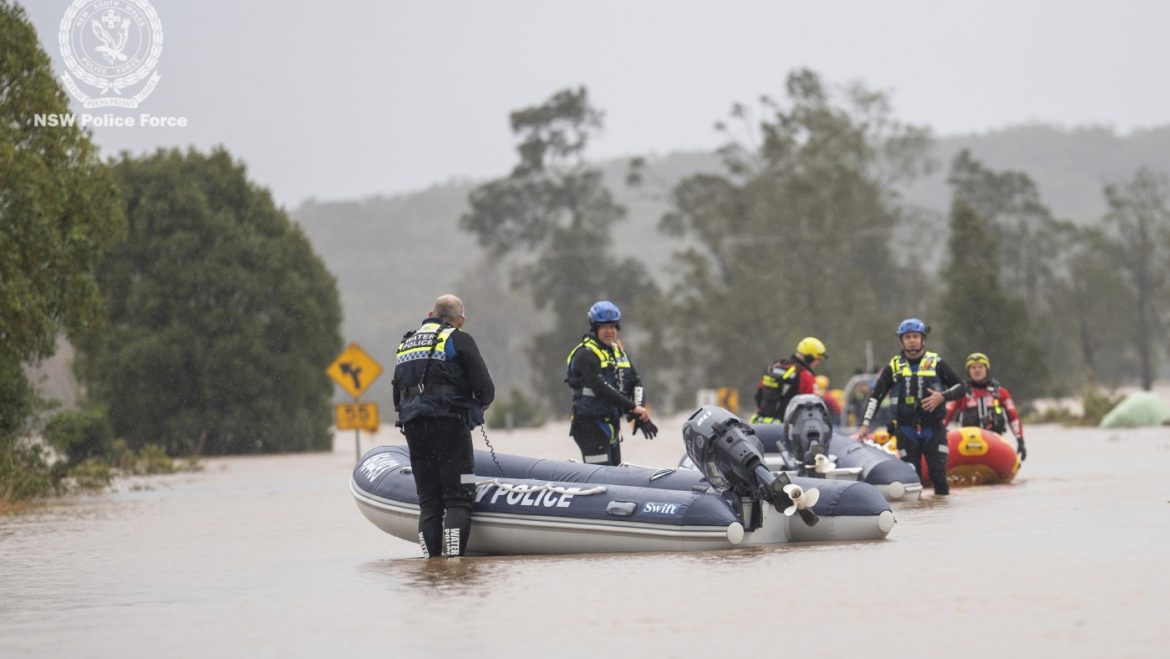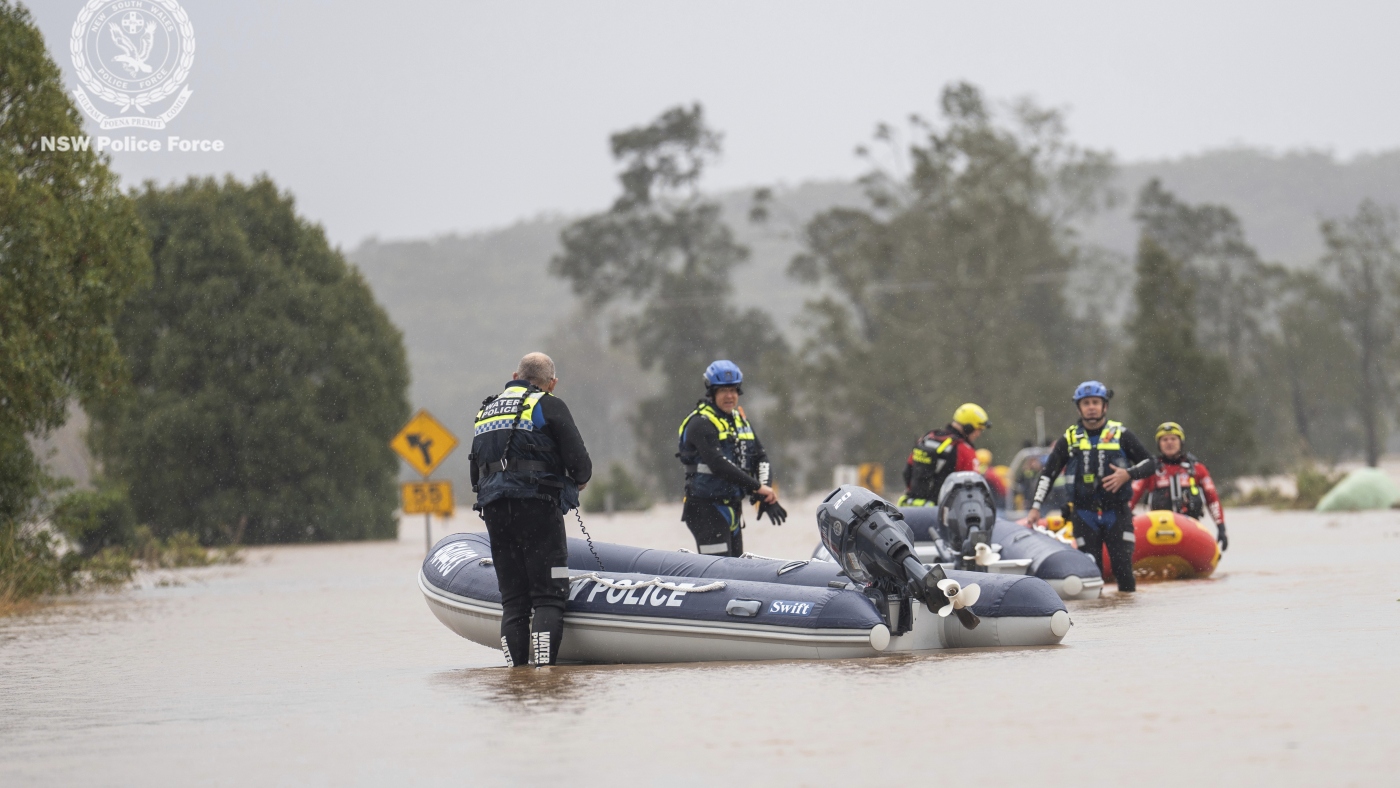Catastrophic Flooding Hits Eastern Australia: A Landscape Transformed by Record Waters
Eastern Australia has been gripped by unprecedented floodwaters that have carved a devastating mark through the region. This calamity has resulted in the deaths of four individuals and left one person missing, with the intensity of the flooding disrupting the lives of tens of thousands. This report delves into the details of the disaster, its immediate impacts, and the ongoing challenges faced by those affected.
The Extent of the Flooding and Its Human Cost
Officials have confirmed that record flood levels have overwhelmed the east coast of Australia, particularly in New South Wales north of Sydney. The destruction claimed four lives, and one individual remains unaccounted for amid the chaos. The majority of the fatalities occurred when individuals drove into floodwaters, highlighting the sudden and powerful nature of the floods that overcame vulnerable communities.
Some 50,000 people have found themselves effectively stranded due to the floodwaters that have swallowed roads and transportation links, isolating communities. Emergency services and officials have been working amidst easing rain to reach these areas, but the physical barriers posed by the destruction complicate swift rescues and aid delivery.
Meteorological Drivers and the Path of the Disaster
The floods were caused by a low-pressure weather system that unleashed relentless heavy rain over several days. Although the rain has begun to ease, the residual water levels remained perilously high, further complicating recovery efforts. This weather pattern moved south after causing extensive inundation, signaling the scale of the meteorological event.
As rivers and catchment areas swelled beyond historic levels, the floods gutted towns, inundated homes, and deposited crushing layers of silt and debris, dramatically altering the landscape. Roads were washed away, effectively cutting off access to many towns and suburbs along the flood-affected coastline.
Social and Economic Implications
The flooded areas saw widespread destruction of property, with homes caked in mud and rendered uninhabitable. Infrastructure damage has been extensive, with roads and bridges destroyed or rendered unsafe, creating immediate logistical challenges in relief distribution and reconstruction efforts.
The isolation of 50,000 people raised acute concerns about access to essential services including medical care, food, clean water, and electricity. The psychological toll on residents facing uncertainty about their safety, loved ones, and livelihoods cannot be overlooked.
Emergency Response and Future Outlook
Authorities have mobilized emergency services, prioritizing search and rescue operations, especially for the missing and the stranded. The easing of rainfall has allowed better access to affected areas, but the full scope of damage remains a daunting obstacle.
Forecasts continue to warn of the possibility of further heavy rains, suggesting a prolonged period of risk. Recovery will require coordinated efforts spanning government agencies, local communities, and aid organizations. Immediate priorities include restoring access, providing shelters, and supporting displaced populations.
Mitigation against future flooding—whether through improved infrastructure, forecasting, community planning, or environmental management—will become an essential focus as eastern Australia confronts the increasing volatility of its climate.
Conclusion: A Community Resilient Amid Unfolding Tragedy
The record-breaking floods in eastern Australia represent a stark reminder of nature’s force and the vulnerability of human settlements in flood-prone areas. The tragic loss of four lives and the ongoing search for the missing underscore the human cost of such climate disasters. Yet, amid destruction and displacement, the resilience of the affected communities and the efforts of emergency responders offer glimmers of hope.
As floodwaters recede and recovery begins, the lessons learned here will shape strategies to better prepare for a future where such extreme weather events may become more frequent. The path ahead will demand compassion, cooperation, and innovation to rebuild stronger and safeguard lives against the next inevitable storm.


